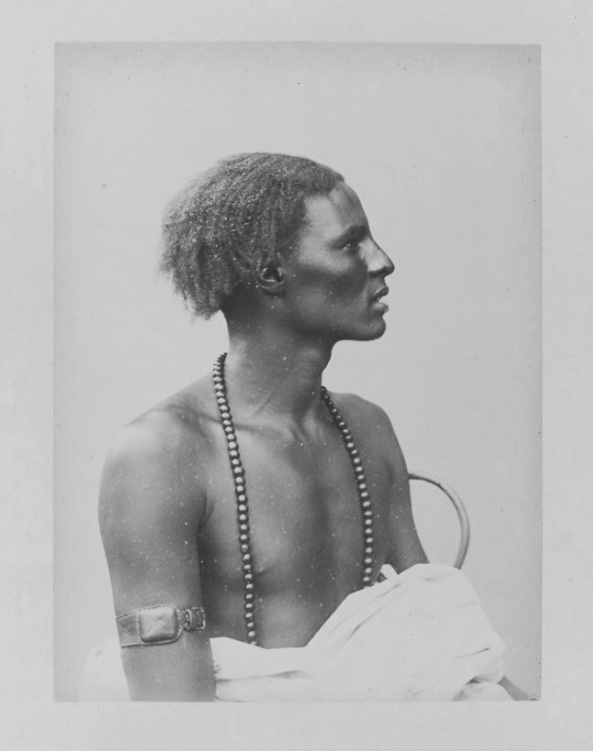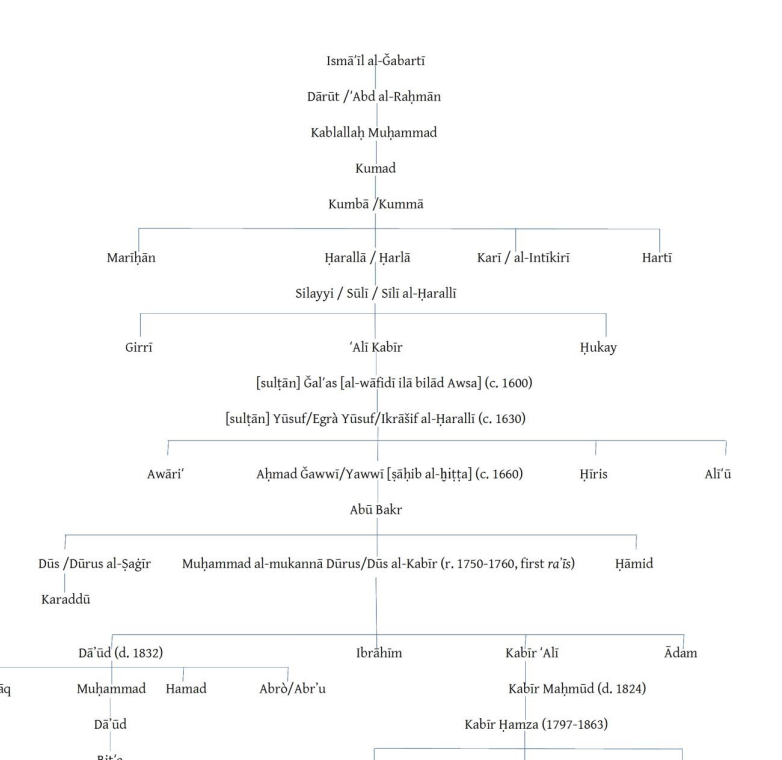This is a long one. You guys have to expand your patience and read through.
The region was originally and majorly inhabited by Somalis. Here is archeological evidence using medieval fauna assemblages that shows the earliest domesticates was the camel. If the first inhabitants were Ethio-Semites or Sidamics that came and inhabited from somewhere central or southern central of northern Ethiopia, no rational claim of camel pastoralism can be made to attribute to them -- an animal we know strictly utilized in the lowlands inhabited only by Somalis and no Semites for its desert and arid adaptation.
View attachment 319498
Non-Somalis who came from the highlands and settled in a place pretty farmable like Harlaa (mixed economy region) would not have camel herding as their primary livestock choice when they could easily keep subsisting with the same farming adaptive profile. They would not have camel access without a camel-handling population there, to begin with. Conclusive evidence shows that animal herding was present as the primary mode of economic strategy before any structure was built.
Now, it seems later that other groups moved in, but this evidence shows that the earliest presence of any people was by camel pastoralists, a factor that eliminates all Ethio-Semites and other Ethiopian populations. All Cushitic groups we know raise cattle to supplement and enhance agriculture. The camel was introduced by Somalis to later encroaching people who started pushing towards the Somali lowlands. As time passed, these people were incorporated with the already inhabiting Somalis of the region, introducing an Ethiopian presence. Evidence of that is presented by different food-consuming practices. While Islam was very present, some groups used to hunt and consume pigs, which were likely the Ethiopian groups, within the time when the Muslims were very particular in slaughtering halal -- this was not synchronistic pig-eating Somalis but merely Ethiopian minorities that lived somewhere close moving into the land, as these were hunted wild pigs, not domesticated ones. This is evidence of foreign peoples that contrast with the dominant Somali presence.
In the earliest times, pastoral Somalis used the whole region as a transient zone for big trend seasonal movement, as a form of broad-scale regional complex pastoral land use before any of those places were considered cities since all of this was before the time of the larger state structures appeared. Then later, you have more growing appearance of regionalization, then localization, from a big-time picture beyond the archeological time frame of this study.
This is an eye-opening statement:
Intriguingly, at Harlaa, Islamic butchery techniques predate other markers of Islam such as mosques or burials by at least four centuries, suggesting that some Muslims might have been present much earlier, but are otherwise materially intangible. (Gaastra & Insoll, 2020, p. 205).
Pastoralist Somalis were Muslims way before the times of Adal and before those places became the cities we know them as, at the height of the Islamic civilization of the region. This proves what I had always believed, that Somalis took on Islam earlier than what some people believed to be later, closer to the 10th century, while it seems it was probably a couple of centuries after Islam emerged in Arabia.
In the archeological context, the time range was dated to the mid-6th to 15th century, with the earliest strata existing between the 7th to 10th centuries in area B Harlaa.
Mind you that I am entirely removing the evidence of the other pastoral animal use in this case, which was undoubtedly used by the local Somalis that took a better suitable pastoral strategy (check paragraph under for further elaboration) since we deal with sheep and goats, cattle, etc., animals that existed there as well. I am only mentioning camels here since it is an unequivocal negation of all other groups except Somalis. It is the best example one can have, removing any argument by the passages of ambiguity where an individual would claim other people raised this, that, or the other animal. The fact that the fauna type existed in the earliest layers tells exactly who inhabited the region.
Other forms of ruminants, goats, and cattle were considerably present. This is understandable, given the conditions of the region. Agro-pastoralists will have a mixed subsistence with conditions presenting greener opportunities in somewhat relatively nice arid places, keeping more bovids. Camels become less practical in a more settled environment or, better put, local herding. This is nothing new and is the integral complex configuration of what it means to live as we do, adaptable for multi-form subsistence depending on environmental conditions/pressures. But the fact that the earliest phase sees an increase of camel fossils is evidence of the ethnographic picture of a Somali presence, not a Semitic one.
I am picking the earliest layer that happened to be the time where the major component was the camel, even though camel was used in the other phases but was dominated by other animals, understandably:
View attachment 319499









